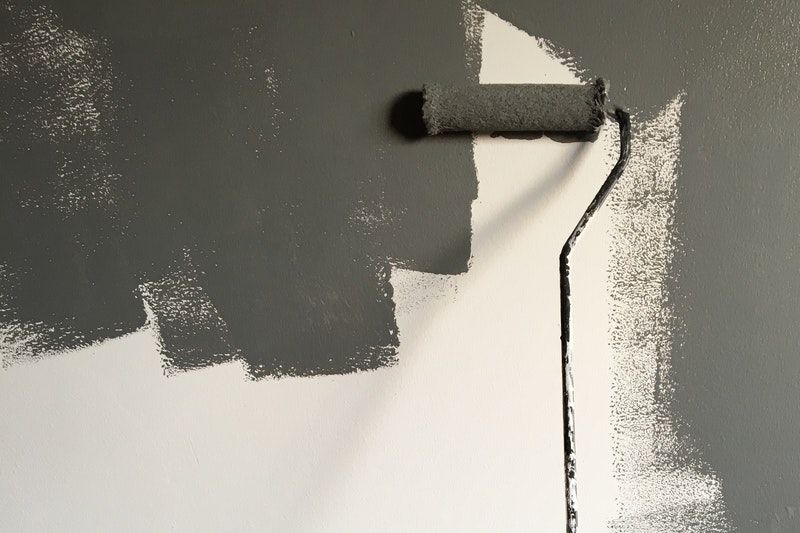Shopping for paint tools can be overwhelming, especially when there are so many options for something as simple as painting your wall. Using a paint roller for your walls is likely going to be your most ideal choice, but that only narrows your options so much.
In order to get the most out of your D.I.Y. project, you’ll need to make sure you find the best roller paintbrush for your walls specifically. This article will help you make that decision by covering the following:
- What’s the best type of roller brush for painting walls?
- Best way to paint your walls: roller or brush?
- Best way to paint your walls without roller brush marks
- 10 best paint roller brushes for walls
Before we get into the best roller paintbrushes available, let’s go over what you should look for in a paint roller. If you also plan on painting your ceiling, check out our guide to the best paintbrushes for ceilings.
What’s the best type of roller brush for painting walls?
When searching for the best roller paintbrush, there are lots of things to keep in mind. These include the roller frame’s design and grip, as well as the actual brush’s length, cover material, and nap. Keep reading to learn what to look for in each.
Choosing the right paint roller design and grip
Many first-time D.I.Y. painters might not realize the importance of your roller frame and handle in your project’s efficiency and quality. Here are some features you should look for in a roller frame:
- Ergonomic: Handles with a grip designed for comfort will ensure that you can paint for longer periods of time without feeling strain in your wrist.
- Ball bearing: Having one of these included in your roller’s frame will ensure that your roller operates efficiently, which will help prevent mistakes due to malfunctions.
- Threaded handle: This feature will allow you to add an extension to your roller’s handle when you need to reach higher sections of your wall.
- Long / extendable: Purchasing one of these types of roller holders separately is a great option if you know you’ll be doing lots of painting high up on your walls.
Choosing the right paint roller length
The size of your roller can play a big role in the efficiency of your project, since it impacts both the difficulty and efficiency of your painting. These are the different lengths you should consider:
- 4-inch mini: This smaller size is ideal if you’re working in tight spaces, or your walls just need a few touch-ups.
- 6-inch to 7-inch: Opt for this size when painting the corners of your walls, or if you need to reach behind tricky objects.
- 9-inch: These are the best rollers for standard wall painting, as they help you cover a lot of the wall’s surface while maintaining control.
- 12-inch or longer: Rollers of this size are ideal for those with large walls who want to paint more in less time.
Choosing the right paint roller cover material for your project
The material that your roller cover is made of is a really important consideration, as it will determine how well different types of paint are applied to your walls. These are the different types of cover materials you’re likely to encounter:
- Wool or mohair: Natural materials are the best choice for oil-based paints, as they will help apply paint smoothly and with full coverage on your walls.
- Synthetic: Rollers made of synthetic materials, like nylon or polyester, are very durable and resistant to shedding. As such, they provide great quality when used with latex-based paints.
- Wool-polyester blend: This is a great option for those who often switch between oil-based and water-based paints, or just want a quality roller that lasts a long time.
- Microfiber: When working on walls with little texture, microfiber works well with latex-based and oil-based paints to provide a smooth finish.
- Foam: This material is great for working with latex-based paints on smooth surfaces. It’s also the best material choice for touch-ups, since the brushes can be disposed of after use.
Choosing the right paint roller nap (thickness) for your surface
The nap of your roller cover will determine how well you’re able to cover your surface, so it’s important to select the right length. These are the common naps you’ll find:
- ¼-inch: Using a thinner nap like this is preferred for smooth walls with no texture, as it will apply paint best.
- ⅜-inch: This is a great nap for walls with little texture, as it will help to keep paint smooth but not add to the texture.
- ½-inch: Use this for moderately-textured walls in order to get complete coverage.
- ¾-inch: Opt for this if your walls have a heavy texture, such as popcorn.
- 1-inch or thicker: This is the best option for walls with the heaviest textures, including stucco and rough bricks.
Best way to paint your walls: roller or brush?
When it comes to the “roller vs. brush for walls” debate, your best choice will usually be a roller. Since rollers are much larger than brushes, they allow you to easily cover more of your walls in less time. They’re also designed to provide smooth, full coverage faster – something that might take a while to achieve with a brush, depending on what type you’re using.
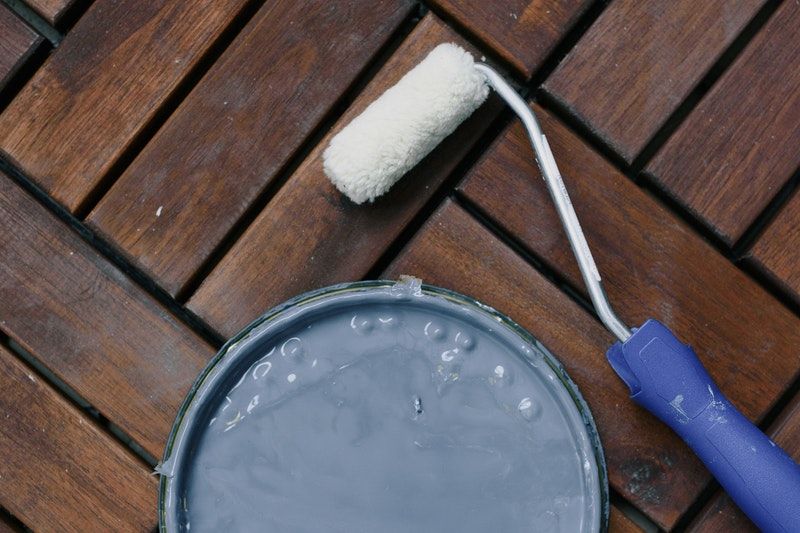
There are a few scenarios where you’d be better off to use a paintbrush. For example, if you want to only do minor touch-ups on your walls, a paintbrush will give you more control over your detail and coverage. A paintbrush is also the better choice if you’re painting the edges or corners of your walls, tasks that require more control and careful attention to detail.
Choose a roller if…
- You’re painting your walls in full, or at least large areas of them.
- You want a smooth finish.
- You want to save time and be efficient.
Choose a brush if…
- You simply want to touch up your walls.
- You’re painting the edges or corners of your walls.
- You’re painting a small section of your wall, requiring caution.
Best way to paint your walls without roller brush marks
When painting your walls, it’s normal to be concerned about leaving marks behind. To ensure you do a top-quality job, here are some tips to avoid roller marks:
- Clean your walls – Use a damp cloth to remove any debris or dirt that could appear in your paint.
- Sand the walls – Using sandpaper to remove excess texture will help you achieve a smooth finish.
- Only use as much paint as you need – Dip your roller half an inch into the paint, and then roll it out in a tray or on a screen. This helps to make sure you don’t put too much paint on your walls.
- Paint with a sweeping stroke – This method of painting helps to keep your paint coats even.
- Use the right type of roller cover – Having the right material and nap for your walls and paint will ensure that you get your desired effect.
- Don’t break in the middle of painting a wall – When painting a large surface like a wall, try to paint it all in one go. You want your edges to overlap while the paint’s still wet, or else marks might show.
- Stand close to the area you’re painting – This will give you better control and help you apply enough pressure to avoid unnecessary marks.
- Clean your roller covers – If you plan to use the same cover more than once, make sure to clean it between jobs. Otherwise, you may get dried paint stuck in your new projects.
10 best paint roller brushes for walls
Even if you know what you’re looking for in a roller, there are still a lot of options out there. For the best quality options currently available, here are our recommendations to help you find the best roller brush for painting walls.
1. Wooster Sherlock Roller Frame
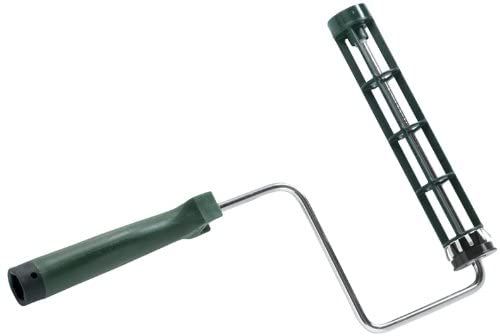
Image Credit: Amazon.ca
Quantity: 1
Size: 9-inch
Material: Green fiberglass, nylon, and polypropylene
Best Feature: Grip
If you’re looking for the perfect roller frame for your walls, the Wooster Sherlock Roller Frame is a great choice. This frame has a quality design that helps prevent your roller covers from slipping, but also allows for easy setup and removal. It also has an easy-to-grip handle, helping you stay comfortable while painting for extended periods of time.
2. Purdy White Dove Roller Covers

Image Credit: Amazon.ca
Quantity: 3
Size: ⅜-inch nap, 9-inch length
Material: Woven Dralon
Best Feature: Value
For standard wall painting, this 3-pack of Purdy White Dove Roller Covers is a great option. Their quality fabric helps give your walls a smooth finish. They also work well with all paints.
3. Wooster Lambswool/100 Roller Cover
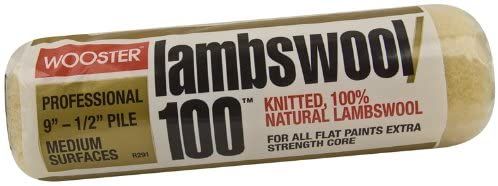
Image Credit: Amazon.ca
Quantity: 1
Size: ½-inch nap, 9-inch length
Material: Natural lambswool
Best Feature: Quality
For those painting walls with moderate amounts of texture, the Wooster Lambswool/100 Roller Cover is a quality choice. The natural lambswool is perfect for providing smooth coverage to your walls. It’s also durable and is able to work with both oil and latex paints.
4. Bates Choice Piece Set

Image Credit: Amazon.ca
Quantity: 4
Size: ½-inch nap, 4-inch to 9-inch length
Material: Microfiber
Best Feature: Variety
The Bates Choice Piece Set is perfect for those looking to get all of their paint roller essentials in one set. This includes roller handles to support the miniature and regular-sized rollers, as well as a total of 4 covers. These rollers are perfectly designed for use on walls with a small amount of texture, and work great with all paints.
5. Wooster Mohair Blend Roller Cover
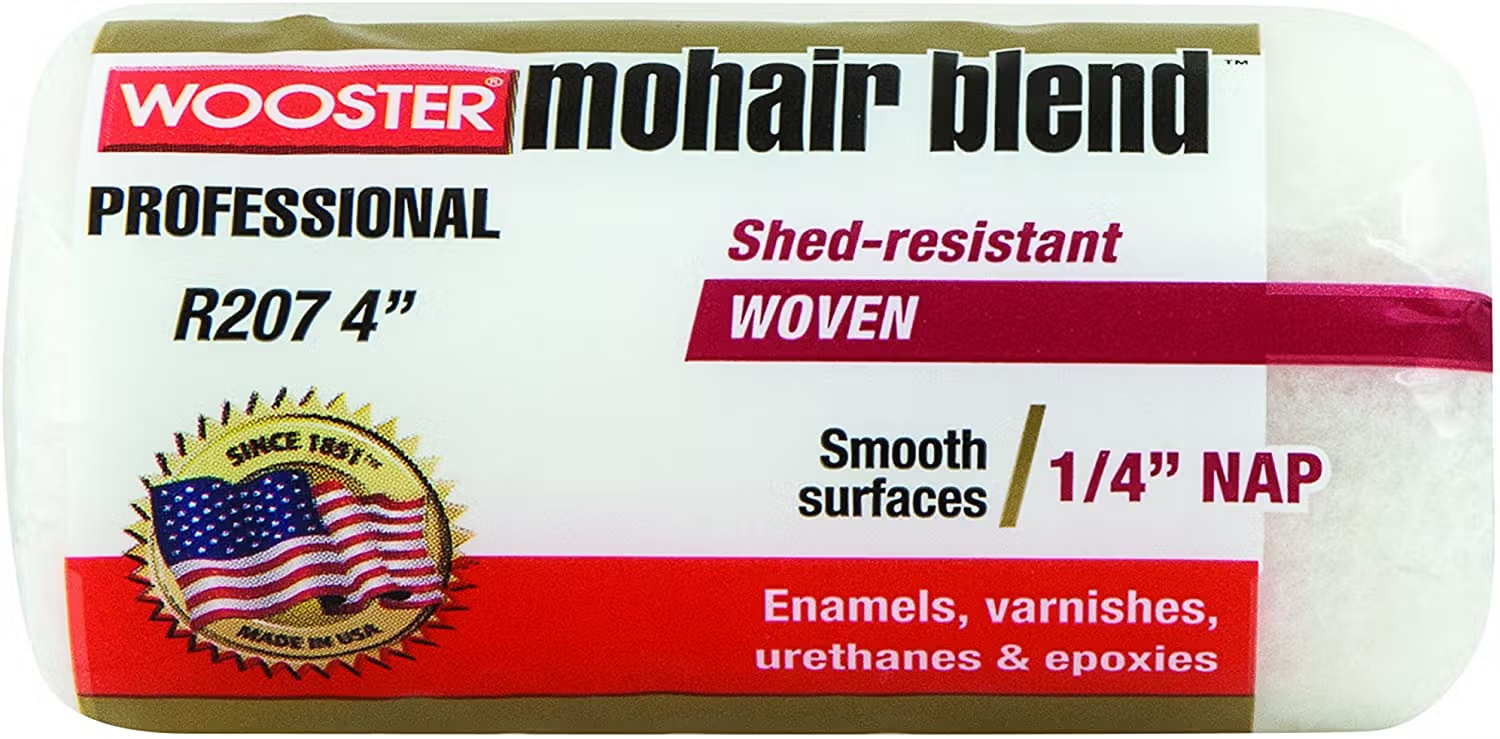
Image Credit: Amazon.ca
Quantity: 1
Size: ¼-inch nap, 4-inch length
Material: Mohair-polyester blend
Best Feature: Quality
If you’re looking for a quality paint roller brush for edges, touch-ups, and other small projects, check out the Wooster Mohair Blend Roller Cover. This roller is perfect for painting smooth surfaces with many different types of paint. It’s also very durable, so it can be reused many times.
6. Purdy Colossus Roller Cover

Image Credit: Amazon.ca
Quantity: 1
Size: ¾-inch nap, 9-inch length
Material: Polyamide
Best Feature: Versatility
The Purdy Colossus Roller Cover is perfect for those who are looking to paint textured walls. The material is very durable, and is great at providing coverage to rough surfaces. It’s also approved for use with all latex-based and oil-based paints.
7. Wooster Super/Fab Roller Cover
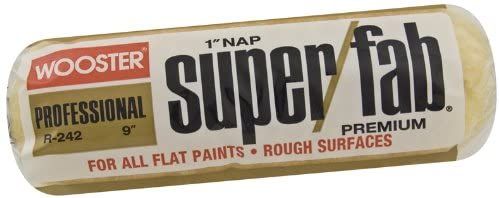
Image Credit: Amazon.ca
Quantity: 1
Size: 1-inch nap, 9-inch length
Material: Proprietary fabric blend
Best Feature: Durable
For those working with rough walls, the Wooster Super/Fab Roller Cover is an ideal choice. This cover is designed to provide great coverage for your roughest surfaces with various types of paint. It’s also designed to resist matting and water damage.
8. Linzer Foam Paint Roller Cover
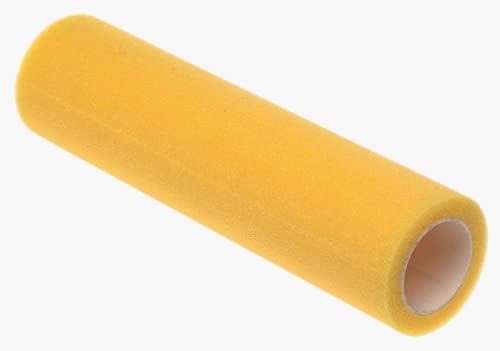
Image Credit: Amazon.ca
Quantity: 1
Size: ⅜-inch nap, 9-inch length
Material: Foam
Best Feature: Coverage
The Linzer Foam Roller Cover is a great choice for those working with smooth walls. This roller cover will work well with latex paint to give you the coverage and finish you desire. It’s also really durable and very efficient to use.
9. Wooster Pro/Doo-Z Roller Cover

Image Credit: Amazon.ca
Quantity: 1
Size: ⅜-inch nap, 12-inch length
Material: Microfiber
Best Feature: Quality
The Wooster Pro/Doo-Z Roller Cover is great if you have a large surface to paint. The quality fabric helps provide your walls with a smooth finish. It works well with all paint types on medium-textured surfaces.
10. KILZ High-Density Foam Mini Paint Roller Assembly

Image Credit: Amazon.ca
Quantity: 1
Size: 6-inch length
Material: Foam
Best Feature: Smooth finish
If you’re working on smaller projects, the KILZ High-Density Foam Mini Paint Roller Assembly is everything you’ll need. The foam roller cover is perfect for applying great coverage to smooth surfaces. Also, the roller frame is lightweight and easy to hold for maximum comfort.
Now that you’ve got the know-how for selecting and using paint rollers for your walls, it’s time to get started on your project. If you think you’d like to go the professional route instead, the City Painters is here to help. Contact us here or give us a call for a quote.
